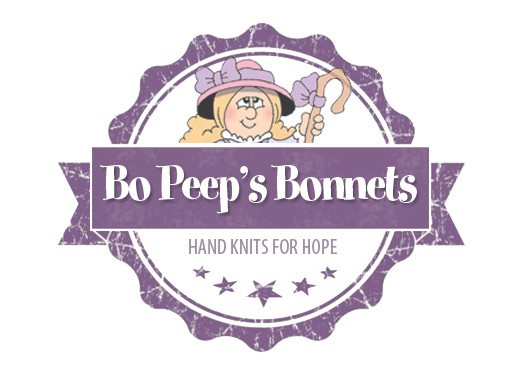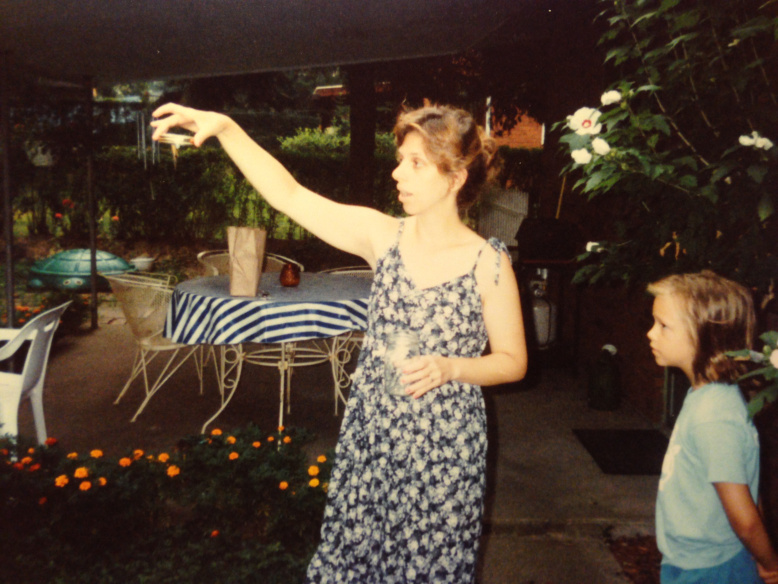The vibrant black and orange spread of Monarch butterfly wings takes me back to a time when life was full of wonder and everyday was filled with new discoveries and adventures. I was a brown bobbed, sticky fingered, nature loving, first grader when my mom first taught me how to raise butterflies. When summer came we would locate the milkweed plants where the Monarch’s laid their eggs, and carefully transport the larva to mason jars full of freshly picked and misted foliage and twigs. We would watch the caterpillar hatch from the egg and eat away each day at the fresh leaves we provided for it. After about two weeks the caterpillar would molt and shed its skin. I remember my mother telling me to be very careful during this time not to touch the caterpillar’s habitat! Soon after the molting process it was time for the caterpillar to pupate. A gorgeous green chrysalis would appear on the lid of the mason jar reminding me of a precious jade jewel. Right before the butterfly was about to emerge the chrysalis would darken and then become transparent so we could see its wings inside the cocoon. The next morning we would rise at the crack of dawn to watch the butterfly emerge and practice pumping its wings. What a miracle it was to see the creature’s rebirth! As the Monarch fluttered its wings faster and began to gain strength we knew it was time to release it into the wild. My mother would gently remove the lid of the jar, and if we were lucky the butterfly would crawl up our fingers and take a moment to rest on our palms before flying away to find a zinnia, coneflower, or phlox to pollinate. As I watched the Monarch’s rusty orange and midnight black colors blur to a shade of an autumn sunset as it traveled farther into the distance, I felt a sense of awe for the beauty of life and a special love for my mother who had taken such tender care of the small creature when it most needed her. It’s a fact that in the wild, only about two to five caterpillars that hatch from the hundreds of eggs a mama Monarch lays actually make it to adulthood. Whether due to harsh elements, predators looking for a meal, or bacterial infections from the environment, it’s safe to say that a caterpillar has a rough journey if someone doesn’t step in and become their caretaker. And so, as I sit and write this blog about an isolated event in my mother’s and my lives, my eyes become open to how she cared for me, her daughter, her butterfly, with a far greater love then she had shown to the delicate caterpillars. I wonder how she must have felt when her butterfly flew away from home.
And so today in her honor, I’ll be planting some milkweed in my garden in hopes of attracting a mama Monarch to entrust me with her priceless babies. I know I won’t be as wise and caring as my own mother, but with the perfect example she set for me, I’ll at least have a “fluttering” start.


